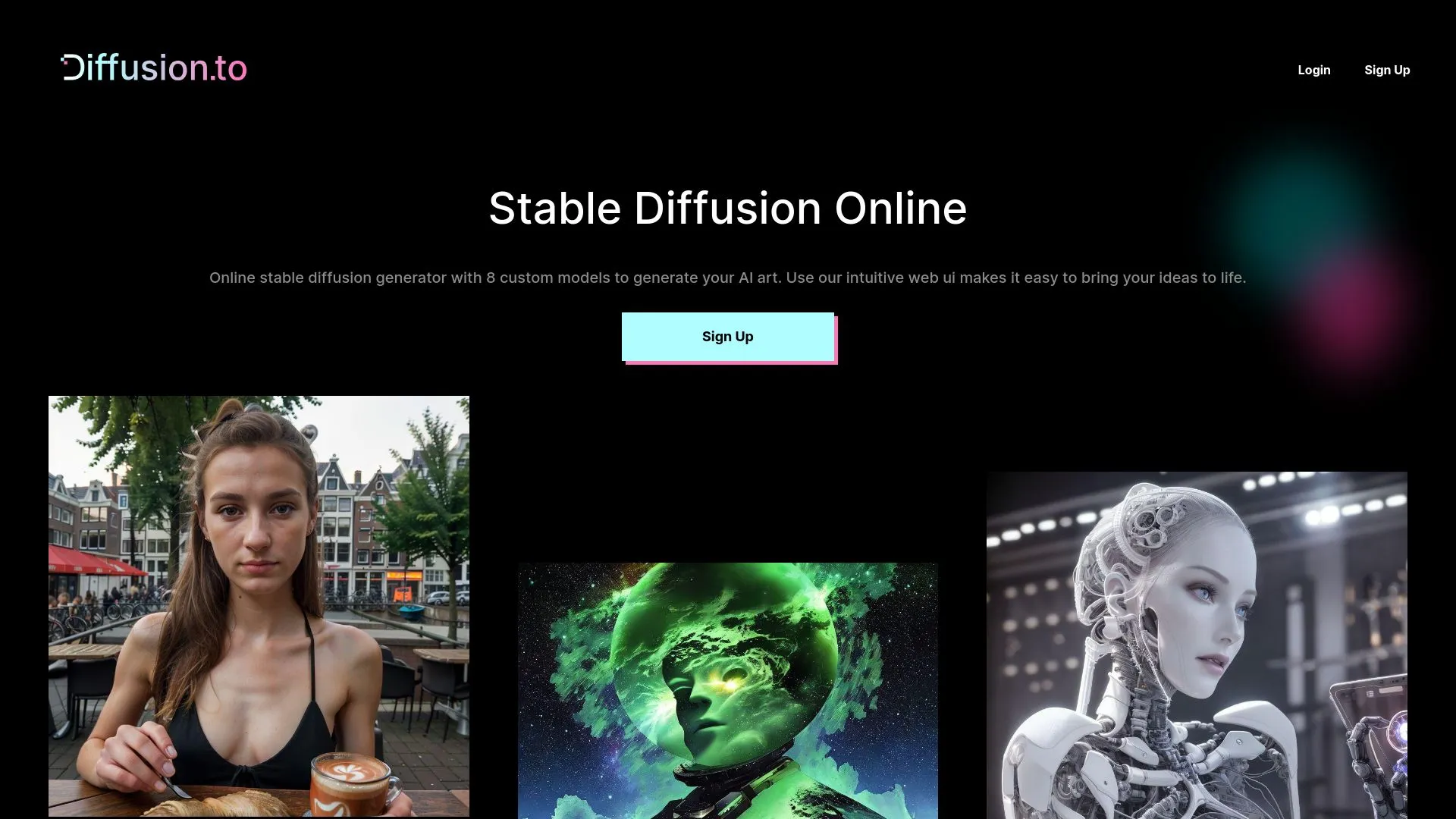Deepfake AI: A Pivotal Shift in Artificial Intelligence
Deepfake AI marks a pivotal shift in artificial intelligence. By utilizing deep learning methods, this technology can generate remarkably realistic fake media, such as images, videos, and audio. It leverages approaches like Generative Adversarial Networks (GANs) and autoencoders. This innovation carries wide-ranging implications, influencing areas from entertainment to the spread of misinformation. Understanding both its applications and risks is essential.
Key Takeaways
- Deepfake AI employs deep learning, particularly GANs and autoencoders, to produce lifelike synthetic media.
- Usage of deepfakes has surged, with estimates suggesting that deepfake videos could hit 8 million by 2025.
- Positive uses include educational tools and advancements in healthcare, while negative impacts involve misinformation and non-consensual exploitation.
- The swift progress of deepfake technology introduces detection challenges, making it crucial to routinely update detection tools and techniques.
- Effective mitigation includes examining digital artifacts and applying diversified detection methods to spot manipulated content.
Staying Informed
To stay ahead, I recommend keeping abreast of the latest developments in detection technology. Building a solid understanding of digital media creation can also be beneficial. By remaining informed, you can better navigate the challenges posed by deepfake technology.

Experience the Future of Creativity with a Free Trial!
Unlock your creative potential with Diffusion's innovative tools, tailored just for you.

Experience the Future of Creativity with a Free Trial!
Unlock your creative potential with Diffusion's innovative tools, tailored just for you.

Definition of Deepfake AI
Deepfake AI refers to a category of artificial intelligence used to produce convincingly realistic fake images, videos, and audio. This technology relies heavily on advanced methods in deep learning, which is a subset of machine learning focused on algorithms inspired by the structure and function of the brain.
The term “deepfake” itself originates from the fusion of “deep,” signifying deep learning technologies, and “fake,” which indicates the synthetic nature of the content created. In practical terms, deepfake AI employs generative adversarial networks (GANs) and autoencoders to generate synthetic media that can mimic real-life events and personalities.
Key concepts in this field include:
- Deep Learning: The backbone technology enabling the sophisticated algorithms that support deepfakes.
- Generative Adversarial Networks (GANs): A method that involves two neural networks competing against each other to improve the quality of generated content.
- Autoencoders: These work by compressing input data to generate new and altered outputs, often used in face-swapping applications.
Understanding these components is crucial for comprehending how deepfake technology operates and the implications it may have.
How Deepfake AI Works
Core Processes and Technologies
Creating deepfake AI involves several specialized algorithms, primarily Generative Adversarial Networks (GANs) and autoencoders. The process unfolds in a few key stages:
- Data Collection: First, gather extensive audio and visual data of the target individual. The more detailed and diverse the dataset, the better the final output.
- Training the Model: Next, neural networks are employed, particularly with GANs. Here, the generator fabricates synthetic content while the discriminator assesses its authenticity. This back-and-forth feedback loop enhances the model's performance.
- Synthesizing the Deepfake: The trained model then generates new content featuring the target. This phase ensures that visual and audio elements align seamlessly with the individual's actions and expressions.
- Final Rendering: Finally, the output undergoes fine-tuning and post-processing to achieve polished videos or audio clips. This finishing touch is crucial for authenticity.
Key technologies at work include neural networks, GANs, autoencoders, convolutional neural networks (CNNs), natural language processing (NLP), and high-performance computing. Together, they make the creation of realistic deepfakes possible, blending machine learning and computational power to produce increasingly convincing results.
Diverse Forms of Deepfakes
Types of Deepfakes
Deepfakes manifest in various formats, each employing different techniques and technologies. Here’s a closer look:
- Video Deepfakes: These involve face swaps or modifying actions in the original video source. The result can be incredibly lifelike, making it hard to distinguish from genuine footage.
- Audio Deepfakes: This type focuses on voice cloning, allowing the replication of a person’s voice to produce specific phrases or sentences. It has significant implications across multiple sectors.
- Image Deepfakes: Using Generative Adversarial Networks (GANs), this form creates hyper-realistic images by capturing and replicating target facial features. These images can mislead viewers or serve creative purposes.
Understanding these categories helps in both recognizing and responding to the implications of deepfake technology.
Impacts of Deepfake AI
Positive Applications
Deepfake technology offers various beneficial uses across multiple domains. These include:
- Educational tools: Bringing historical speeches to life for immersive learning experiences.
- Healthcare innovations: Enhancing MRI scan tumor detection, thereby improving diagnostic accuracy.
- Awareness campaigns: Featuring notable figures to raise awareness about critical issues.
- Entertainment and marketing: Creating virtual celebrities and engaging artistic content that captivates audiences.
Negative Consequences
While the potential is promising, deepfake AI also poses serious risks. Key concerns involve:
- Misinformation: It can be weaponized for election interference, damaging trust in visual media.
- Non-consensual exploitation: Deepfakes significantly impact women, leading to widespread harassment.
- Psychological tactics: This technology might also be utilized in psychological warfare, creating confusion and distrust.
Understanding both sides of deepfake AI's impact is essential for navigating its future responsibly. Balancing innovation with ethical considerations will ensure this technology serves the greater good.
Current Trends and Detection Challenges
Rising Deepfake Usage and Detection Hurdles
Deepfake videos have surged dramatically, hitting 500,000 in 2023 and expected to balloon to 8 million by 2025. This explosive growth creates pressing challenges for detection. As deepfake technology improves, it outpaces traditional detection methods, necessitating continuous updates to detection tools.
Here are a few key considerations:
- Detection tools must adapt to the evolving tactics used in deepfakes.
- Regular algorithm updates are crucial to stay ahead of quality improvements in deepfake generation.
- Collaboration between tech developers and researchers fosters innovative detection solutions.
Keeping pace with these advancements ensures effective mitigation of the risks associated with deepfake content.
Mitigation Strategies
Detection Methods
Detection of deepfake content involves sophisticated AI approaches that analyze videos for various digital artifacts. Key indicators to look for include:
- Abnormal blinking patterns
- Inconsistencies in facial tics
- Irregularities in lighting and shadows
These techniques focus on identifying elements that often go unnoticed by the human eye but reveal underlying manipulation.
Challenges arise as deepfake technology advances rapidly, making it crucial to utilize diverse and extensive data sets for training detection tools. Constant updates ensure these tools remain effective. Adopting a multi-faceted detection strategy can enhance accuracy.

Top Trending AI Girlfriend Companions
In the realm of technology, AI girlfriend companions have gained immense popularity. These tools offer users a unique and interactive experience, simulating companionship through artificial intelligence. Below is a curated list of the most sought-after AI girlfriend generators this month:










